Find a book

A Book a Month
We can send a book a month for six or twelve months - the perfect gift. More »

Café Music
Listen to our album of Café Music while browsing the site. More »

A parallel in pictures to the world of Persephone Books.
To subscribe, enter your email address below and click 'Subscribe'.
18 February 2020
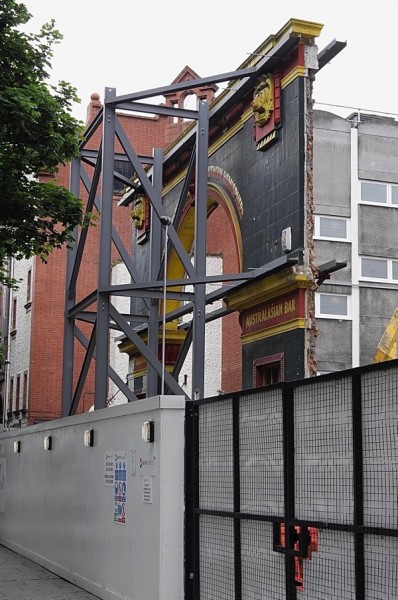
Look at this miserable picture of an ex-pub in Shepherds Bush. It’s complete vandalism, a grotesque nod to planning laws. Of course if we built buildings with beautiful facades we would not need to retain the old one. But façadism is an acknowledgement of the ugliness of modern buildings. Is it because we don’t educate children properly? Is it because most people have no aesthetic sense? Why are most architects so lacking in any visual sense? The question is rhetorical because the answer is so obvious. They are lacking and our environment is suffering hugely. Yes, there are exceptions (the row of terrace housing in Norwich that won an award, there was quite a nice office block at Swiss Cottage, not too tall and nicely detailed, but of course that has just been demolished) but mostly we shudder when we see a modern building.
17 February 2020
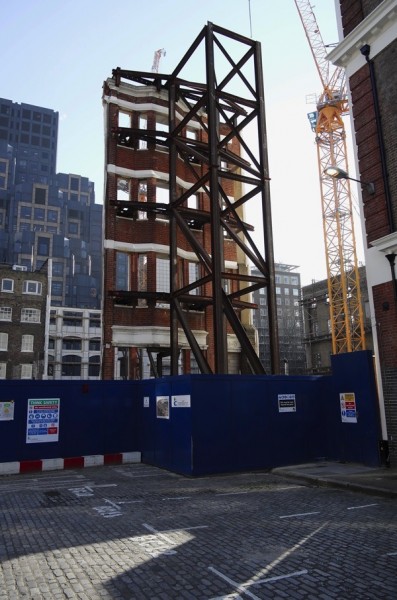
We don’t want to add to the general gloom – storms, a virus, a despot in Downing Street, our European identity being wrenched from us – but this week on the Post we are featuring an extraordinary book (which of course we sell in the shop) by ‘the Gentle Author’ who writes the equally extraordinary blog, Spitalfields Life. The book, and several of the entries on the blog (from which this week’s photos will be taken) is about the beastliness of façadism ie. a property developer being given permission to build virtually anything (it seems) as long as he (is it ever a she?) keeps the eighteenth or nineteenth century facade. Here, to start with, is one example from Smithfield: the facade has been kept but it will be backed, surrounded and enveloped by some faceless office block.
14 February 2020
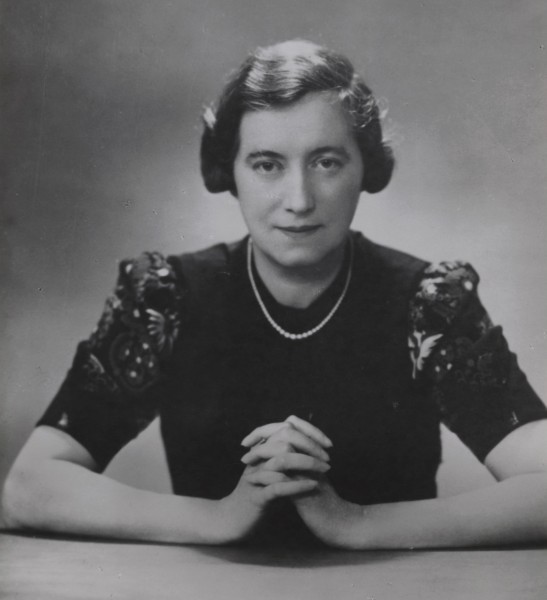
And finally, on Valentine’s Day, Persephone’s overall bestselling writer, Dorothy Whipple. We have published her eight novels and two volumes of short stories (there might be a third but they would be rather ‘scraping the barrel’) and this autumn we bring out her non-fiction diaries about her writing life, Random Commentary. Her last novel Someone at a Distance, which is Persephone Book No. 3 and also a Persephone Classic, would not be seen by academics ie. keepers of the canon as anything but a middlebrow woman’s novel; but in our view it is far more than that, profound about women and marriage and domestic life, as well as page-turning. Dorothy Whipple is the natural heir to Mrs Gaskell and will be seen as such one day; but goodness these things seem to take a long time.
13 February 2020
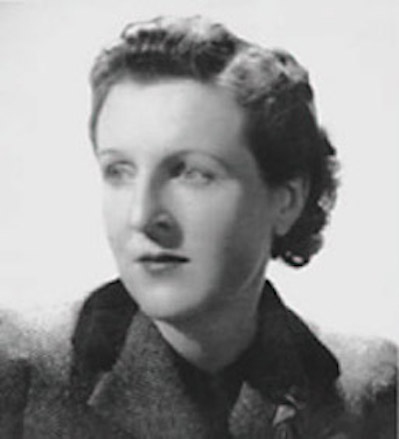
Mollie Panter-Downes wrote one of the great novels of the century, One Fine Day, we sell the Virago edition in the shop. Mollie was a superb stylist and, like Elizabeth Taylor, would have been an heir to Forster if her fiction had been encouraged more by her literary contemporaries; even her inredible short stories were forgotten in the New Yorker archive until we reprinted them fifty years after their first appearance. (Sadly, the British Library are about to reprint one of Mollie’s early novels; we are unhappy about this as she was adamant that she didn’t want her early novels reprinted and indeed bought up copies and destroyed them. In our view a novelist’s wishes should be respected, even more so when the disrespect is perpetrated by a national institution funded by the taxpayer ie. all of us. But hey ho as we seem to say rather a lot these days…)
12 February 2020
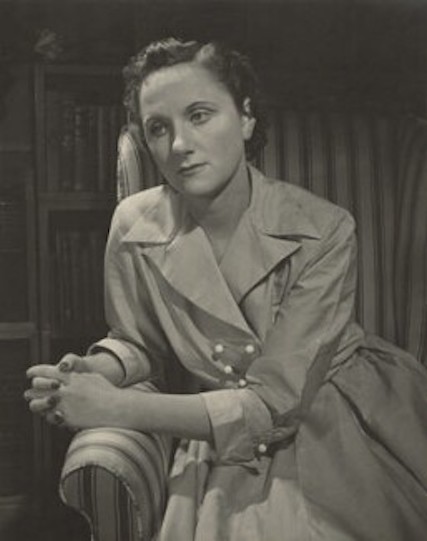
This list will be slightly contentious as we are skipping over Virginia Woolf and moving straight on to Elizabeth Taylor. If she had been nurtured by her literary contemporaries (instead of which she was isolated, friendly with people like Ivy Compton-Burnett and Elizabeth Bowen and Elizabeth Jane Howard but without a deep intellectual and literary connection with them), indeed, one might say, if she had been to university, then she might have been acknowledged as Forster’s heir. (She once was on the same cruise boat as him but they didn’t meet.)
11 February 2020
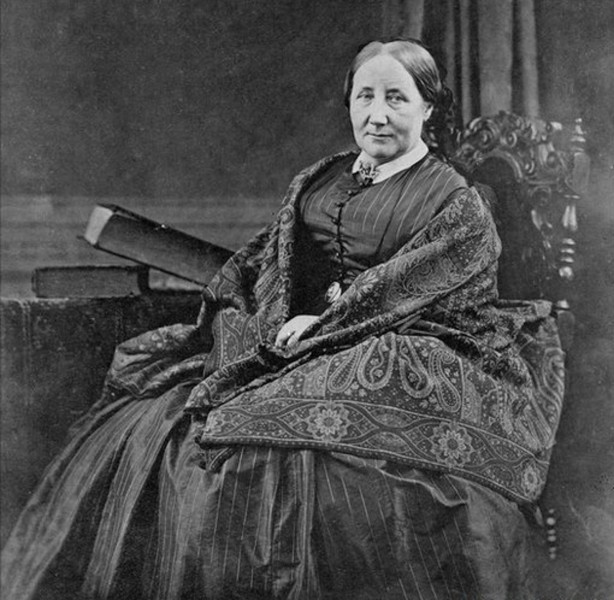
Next up Mrs Gaskell. Cranford was our re-read book for years and years but now we would reach for Wives and Daughters or North and South and actually have promised ourselves, since the election, a reread of Mary Barton.
10 February 2020
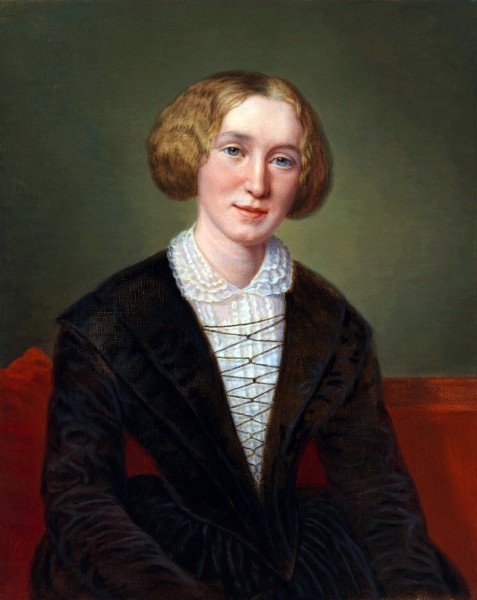
We are careful in the shop not to have a favourite book or indeed a favourite author, which is why for us to say last week that Forster reigned supreme was quite radical. One or two people were surprised that our favourite wasn’t a woman, but that is why in the strapline we say ‘(mostly) women writers’ (if we were choosing only men, then R C Sherriff would probably come next). This week on the Post: our five favourite women writers who come scampering at Forster’s heels. First, obviously, George Eliot and Middlemarch. So much has been written about this great, great novelist and her extraordinary novel that there is no need to give any links. Suffice to say that if you have no time to read Middlemarch then there are several good audiobook versions; and the television adaptation a few years ago (with the blessed Rufus Sewell) was superb.
